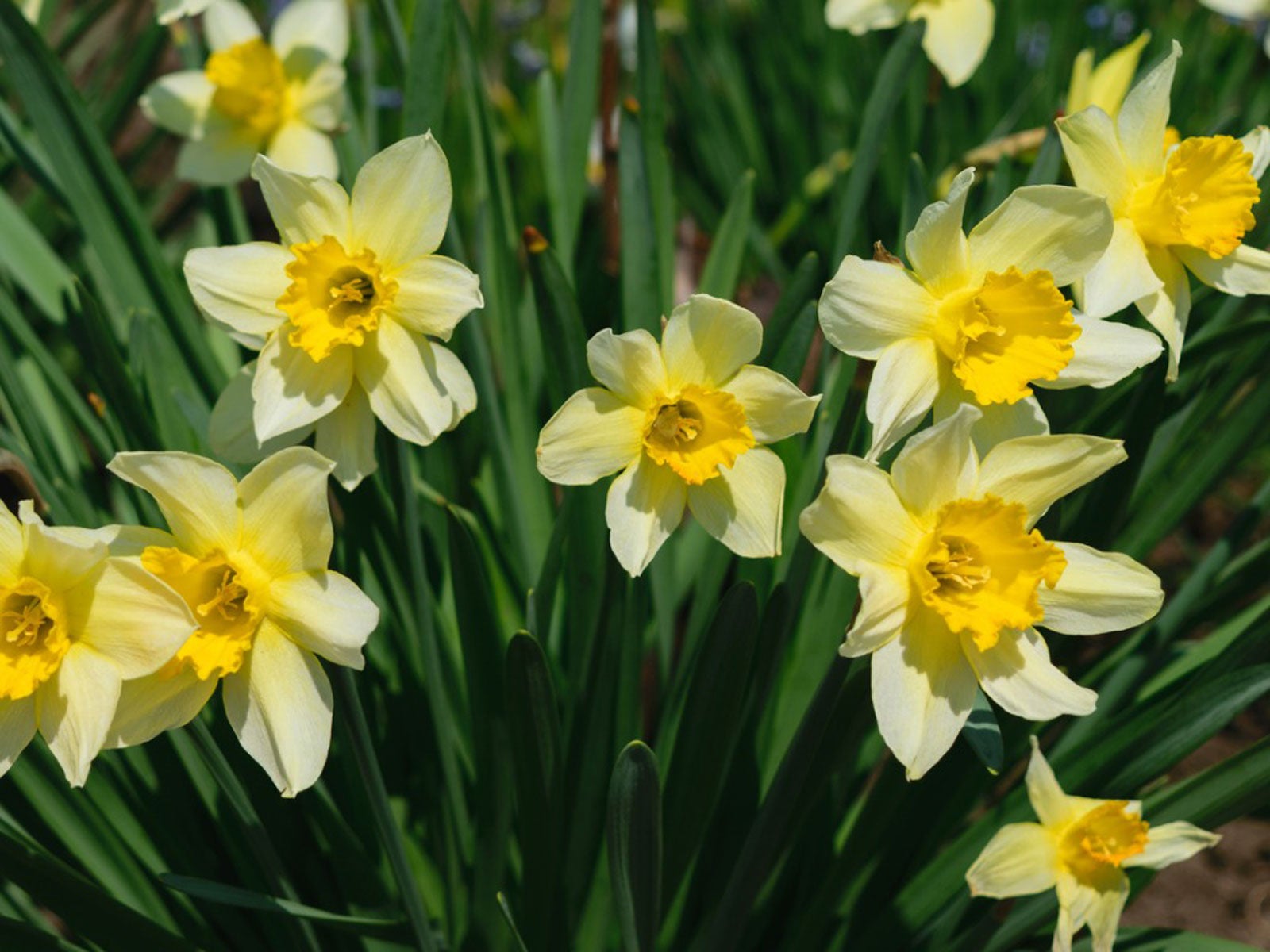Heirloom Flower Bulbs: What Are Heirloom Bulbs And How To Grow Them


Antique garden plants such as heirloom flower bulbs have become quite popular in the home garden, especially for those of us seeking the same ambiance as that of our grandmothers' gardens. As with any flowering bulb, growing heirloom bulbs is easy, though finding them may be tricky. Yet when you do, it's well worth the hunt. So exactly what are heirloom flower bulbs anyway and how are they different than your average flower bulb? Keep reading to find out.
What are Heirloom Flower Bulbs?
Heirloom flower bulbs come from open-pollinated varieties that have survived for generations. They are in a sense the originals to those grown today - most of which are hybridized. While opinions may vary, antique garden plants are generally considered heirlooms if dated prior to the 1950s and earlier. Heirloom bulbs offer special qualities that differ from those sold today, like stronger fragrances. They are also genetically diverse and unique. While there are no major differences among bulb species, the cultivars are very different. In fact, true cultivars of an heirloom bulb are propagated asexually through division or chipping (cutting bulbs into pieces). Those grown from seed may not result in identical plant cultivars. Unfortunately, many types of heirloom bulbs are actually passed off as being heirlooms when, in fact, they are substituted and sold as another similar variety instead. There are a couple ways, however, in which you can get around these unsavory tricks of the trade:
- Pay attention to how the name is listed. How the name is listed, especially the quotes, is important. These are normally used to indicate the particular cultivar - for example, Narcissus ‘King Alfred' which is also known as Trumpet daffodil. True cultivars are noted by single quotes, whereas similar ones that have been used as substitutes will have double quotes - for example, the ‘King Alfred' daffodil is often replaced with its look-alike, the ‘Dutch Master' which would then be denoted by the double quotes, Narcissus “King Alfred” or “King Alfred” daffodil.
- Purchase from only a reputable company. While many reputable nurseries and bulb retailers may have heirloom species available, to ensure you are getting true heirloom flower bulbs, you should only seek out retailers that specialize in these old-time varieties - such as Old House Gardens. Keep in mind, however, that once you do find what you're looking for, it may cost a bit more.
Types of Heirloom Bulbs
Growing heirloom bulbs in the garden is virtually carefree and these bulbs are disease resistant, requiring no additional treatment than those grown today. There are a number of worthy antique garden plants to choose from, though only a handful of favorites are listed here. For spring-blooming heirlooms in the garden, which are normally planted in autumn, look for these beauties:
- Bluebells - Hyacintha non-scripta species, English bluebells or wood hyacinth (1551)
- Crocus - Turkey crocus, C. angustifolius ‘Cloth of Gold' (1587); C. vernus ‘Jeanne D'Arc' (1943)
- Daffodil - Lent lily daffodil, N. pseudonarcissus (1570), N. x medioluteus ‘Twin Sisters' (1597)
- Freesia - Antique Freesia, F. alba (1878)
- Fritillaria - F. imperialis ‘Aurora' (1865); F. meleagris ‘Alba' (1572)
- Grape hyacinth - Original grape hyacinth, M. botryoides, (1576)
- Hyacinth - ‘Madame Sophie' (1929), ‘Chestnut Flower' (1878), ‘Distinction' (1880)
- Snowdrops - Common snowdrop, Galanthus nivalis (1597)
- Tulip - ‘Couleur Cardinal' (1845); T. schrenkii ‘Duc Van Tol Red and Yellow' (1595)
Some favorites for the summer/fall garden, which are planted in spring, include (Note: these bulbs may need to be dug up and stored over winter in cold regions):
- Canna - ‘Florence Vaughn' (1893), ‘Wyoming' (1906)
- Crocosmia - Crocosmia x crocosmiiflora ‘Météore' (1887)
- Dahlia - ‘Thomas Edison' (1929), ‘Jersey Beauty' (1923)
- Daylily - ‘Autumn Red' (1941); ‘August Pioneer' (1939)
- Gladiolus - Byzantine gladiolus, G. byzantinus ‘Cruentus' (1629)
- Iris - German iris, I. germanica (1500); ‘Honorabile' (1840)
- Tuberose - Pearl Double tuberose, Polianthes tuberosa ‘Pearl' (1870)
Sign up for the Gardening Know How newsletter today and receive a free copy of our e-book "How to Grow Delicious Tomatoes".

Nikki Tilley has been gardening for nearly three decades. The former Senior Editor and Archivist of Gardening Know How, Nikki has also authored six gardening books.